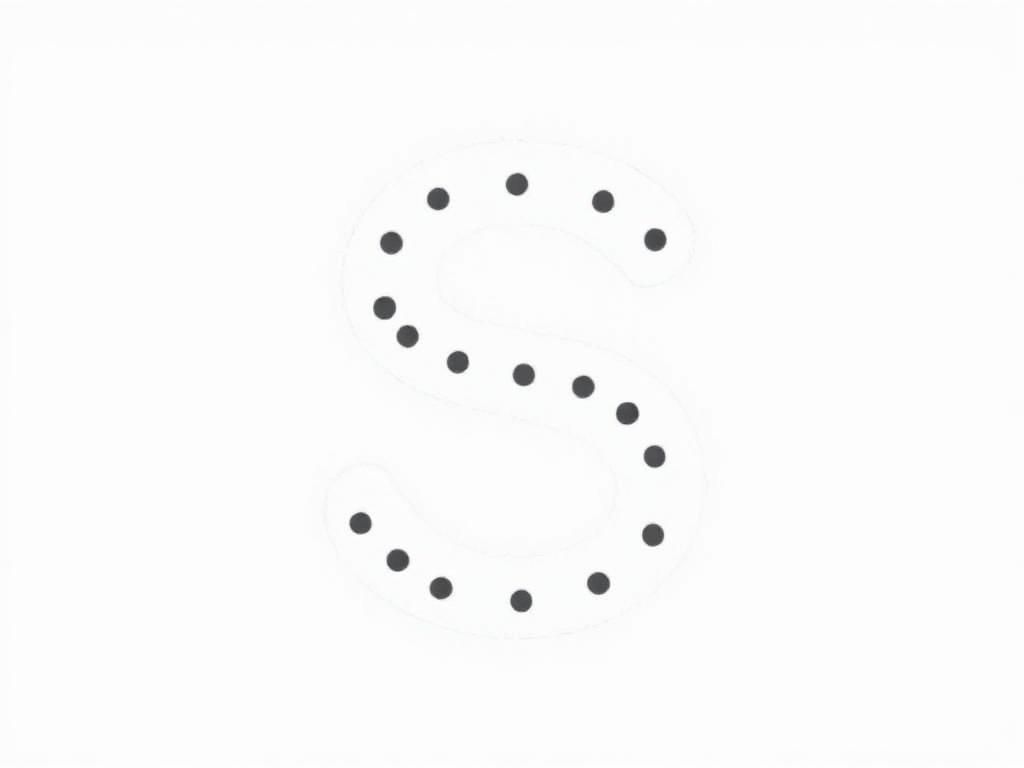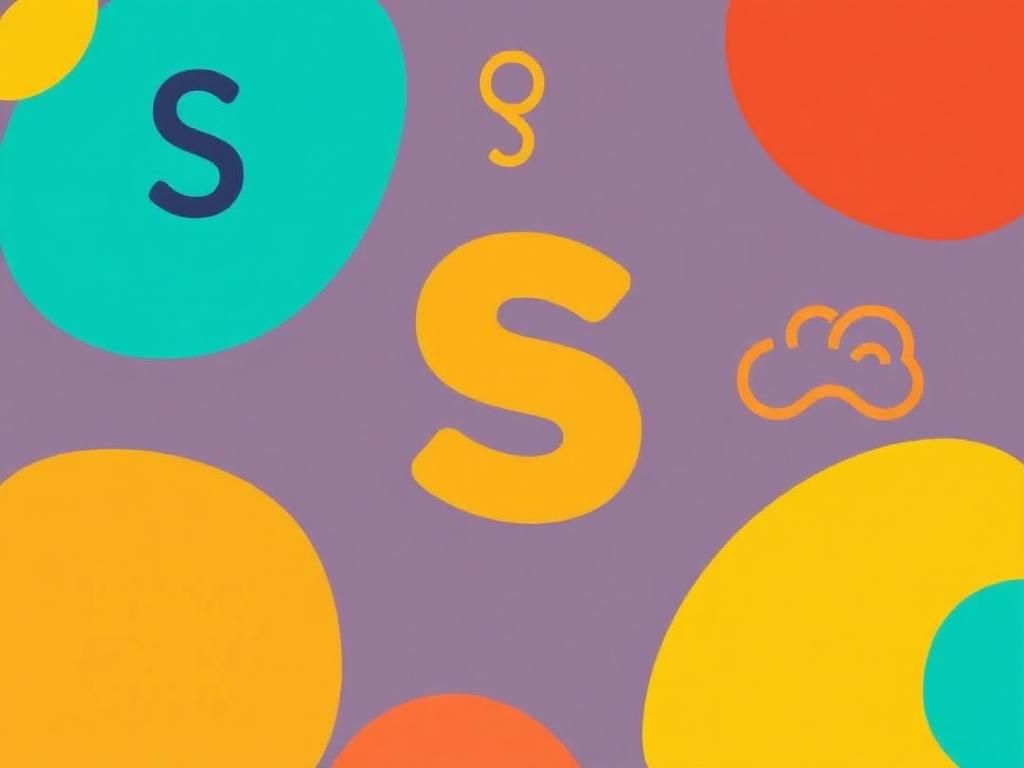Symbols play a crucial role in language and communication, serving as conduits for expressing and interpreting meaning. Among these symbols, the letter “S” holds significant importance across various contexts, from its position in the alphabet to its representation in different fields like mathematics, science, culture, and the digital world. This article aims to explore the myriad of symbols for the letter S across different disciplines, highlighting their usage, significance, and the intriguing ways they manifest in our daily lives.
The Letter S in the Alphabet
Overview of the Alphabetical Position
The letter “S” is the 19th letter in the English alphabet. Its placement provides a unique position that allows it to bridge connections with other letters and sounds, making it essential in various linguistic structures. In comparison, other alphabetic systems, like the Greek or Cyrillic alphabets, assign different letters or characters to signify similar sounds, illustrating the diversity of written language.
Phonetic Representation
The letter “S” corresponds to specific phonemes in language. Its pronunciation can vary significantly across different languages—while it is predominantly a voiceless alveolar fricative in English, other languages may employ it differently, such as in Spanish, where it is pronounced more softly. This variation adds a layer of complexity and beauty to the sound of “S,” further enhancing its representation as a symbol.
Common Symbols Representing the Letter S
Typography and Written Symbols
In written language, the conventional representations of the letter “S” include both the capital “S” and the lowercase “s.” Typography plays a significant role in how these symbols are perceived; certain fonts and styles, particularly those emphasizing elegance or creativity, can enhance the visibility and impact of symbols for the letter S. For instance, cursive fonts often give the letter a fluid and graceful appearance, while bold typefaces convey strength.
Mathematical Symbols
In mathematics, symbols are crucial for representation and calculation. The letter “S” is often used in various mathematical contexts. For instance, the summation symbol (Σ) signifies the addition of a sequence of numbers, where “S” is commonly associated with the process of summation. Furthermore, “S” can denote a set of elements in set theory, indicating its importance in representing collections and operations within numerical frameworks.
Scientific Symbols
In science, the letter “S” appears frequently as a symbol with specific meanings:
– In **chemistry**, “S” is the chemical symbol for sulfur, an essential element found in various compounds.
– In **physics**, “S” represents entropy, a fundamental concept in thermodynamics and statistical mechanics.
– In terms of measurement units, “S” denotes Siemens, the unit of electrical conductance. These representations emphasize the versatility of the letter “S” across scientific disciplines.
Unique Representations of the Letter S
Special Characters and Pictographs

The world of typography showcases unique representations of “S,” including stylized versions used in graphic design and branding. Artistic interpretations, like graffiti “S” or elaborate cursive styles, transform the letter into a visual element that conveys personality and emotion. These creative expressions highlight the adaptability and significance of symbols for the letter S in modern culture.
Emblems and Logos
Numerous companies and organizations have harnessed the power of the letter “S” as an emblem or logo. For instance, Nike uses a stylized “S” in its branding, representing speed and agility. Similarly, notable sports teams, such as the San Francisco Giants, incorporate “S” into their logos, symbolizing strength and unity. These examples illustrate how brands leverage the aesthetic and symbolic power of “S” in their visual identity.
Cultural and Symbolic Meanings of “S”
Mythological and Folkloric References
In various mythologies, symbols can carry transformative meanings, and the letter “S” is no exception. For instance, serpents, often associated with the letter “S,” represent duality and transformation in many cultures. In ancient myths, serpents signify wisdom, renewal, and even danger, highlighting the rich tapestry of cultural narratives surrounding this letter.
Usage in Popular Culture
The letter “S” appears frequently in popular media, from literature to film, often serving as a powerful symbol. In superhero comics, “S” is famously associated with Superman, representing strength and hope. Additionally, movies and books often use “S” in titles or character names, enhancing its recognition and cultural impact across different societies.
Digital Symbols for S
Emoji and Digital Communication
In our digital age, emojis and symbols have evolved as essential components of communication. The letter “S” finds representation in various emoji, such as the sparkling “✨” or the snake emoji “🐍,” often used to convey a sense of excitement or transformation. Understanding the contexts in which these digital symbols are employed can illuminate their meaning in modern communication.
ASCII Art and Text Symbols
The creation of the letter “S” using keyboard symbols is known as ASCII art. This form of representation allows for creative expression in the digital space, where the letter can be constructed using characters like slashes or underscores. For example, a simple ASCII representation of “S” could look like this:
“`
SSSSS
S
SSSSS
S
SSSSS
“`

This playful interpretation demonstrates the flexibility of symbols for the letter S in the realm of digital art.
Conclusion
The significance of various symbols representing “S” extends from the alphabet to mathematics, science, culture, and the digital world. Understanding these representations enriches our appreciation of language and communication. By exploring the richness of symbols for the letter S, we encourage readers to delve further into alphabets’ fascinating world and its cultural implications.
Additional Resources
For further exploration of symbols and their significance, consider visiting [the Unicode Consortium](https://unicode.org/) for a comprehensive chart of symbols or [Linguistic Society of America](https://www.linguisticsociety.org/) for resources on language and symbols. Additionally, online tools and websites like [Canva](https://www.canva.com/) provide platforms for creating custom symbols or letter art.
| Symbol Type | Representation | Context |
|---|---|---|
| Letter | Capital “S” | Standard written form |
| Letter | Lowercase “s” | Standard written form |
| Mathematical | Σ (Summation) | Mathematics |
| Chemical | S (Sulfur) | Chemistry |
| Scientific | S (Entropic) | Physics |
| Digital | ✨ (Sparkling) | Emoji Representation |
FAQs
What does the letter “S” symbolize in language?
The letter “S” symbolizes various sounds in different languages and can represent ideas or themes associated with its phonetic qualities.
How is “S” represented in mathematics?
“S” can represent summation or a set of elements, emphasizing its significance in mathematical notations.
What are some uses of “S” in science?
In science, “S” denotes sulfur in chemistry, entropy in physics, and Siemens in electrical measurements.
How is “S” represented in popular culture?
The letter “S” is often associated with strong characters in stories, like Superman or significant sports teams, symbolizing strength and resilience.
Are there unique typographic representations of “S”?
Yes, “S” can be stylized in various ways for artistic expression, such as in cursive or graffiti art.
What digital representations exist for the letter “S”?
The letter “S” can be represented through emojis, such as the snake emoji 🐍, and in ASCII art creation.
Why are symbols important in communication?
Symbols enhance our ability to convey complex ideas succinctly and effectively, enriching our understanding and interactions.
Can I create my own symbol for “S”?
Absolutely! Various graphic design platforms allow you to create unique representations for the letter “S.”
How does the letter “S” vary across different languages?
“S” is pronounced differently in each language, showcasing unique phonetic qualities and cultural significance.
What resources are available for exploring symbols in language?
Websites like the Unicode Consortium and linguistic resources provide comprehensive information on symbols in different languages.
